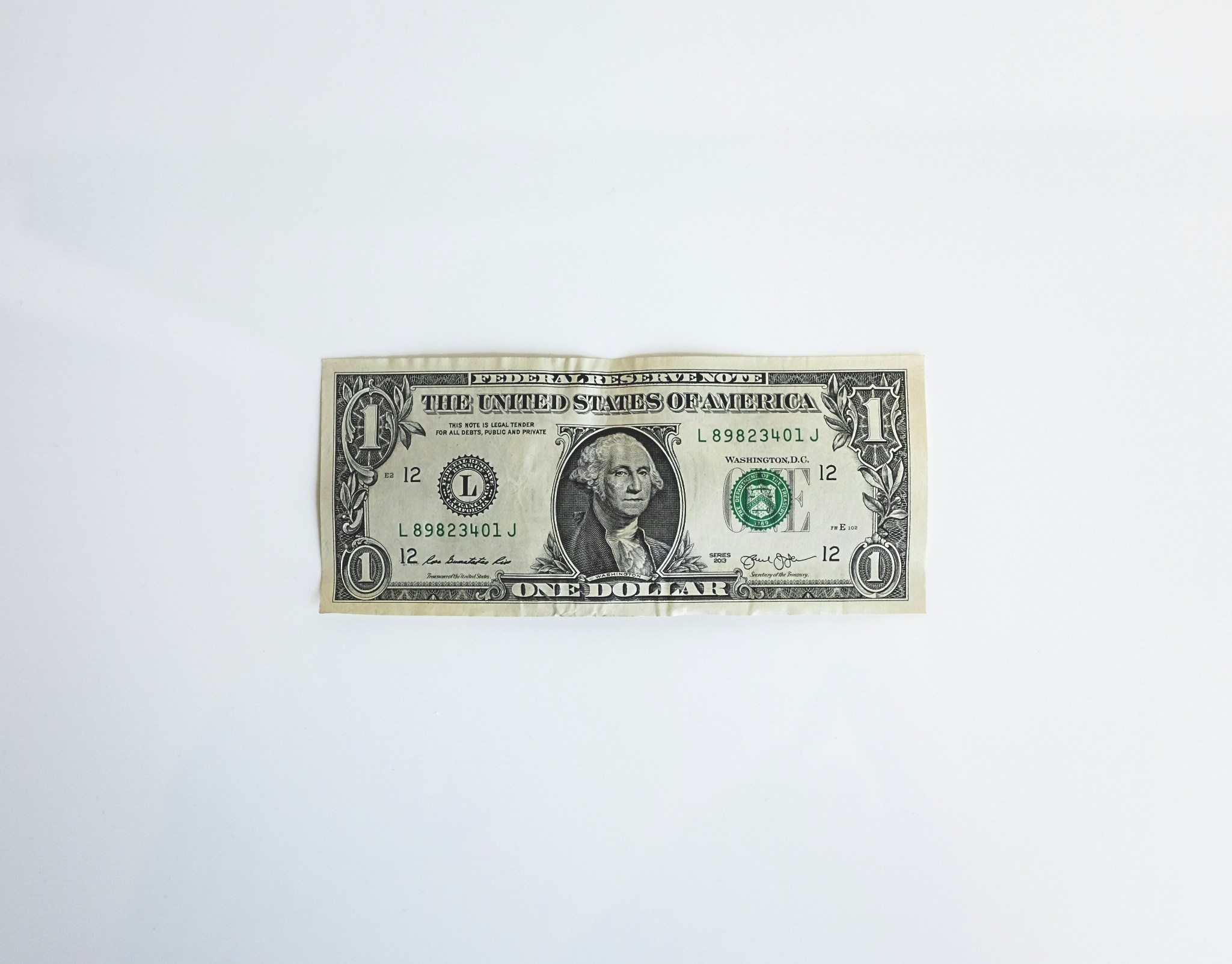
Photo by Kenny Eliason on Unsplash
The value of money changes significantly over time due to inflation and economic shifts. Understanding what $1 was worth in 1970 can provide insight into how much purchasing power has eroded and how the economy has evolved over the decades. Here’s a look at how far $1 could take you back in 1970, with a focus on prices, wages, and the broader economic context.
The Cost of Everyday Items
In 1970, $1 had significantly more purchasing power than it does today. Basic everyday items were much cheaper, reflecting the economic conditions of the time. For example, a gallon of milk cost between $1.25 to $1.35, meaning a single dollar could nearly cover the full cost. Similarly, a dozen eggs were around $0.60, and a loaf of bread was approximately $0.25. These prices highlight how much more one could buy with a dollar, making everyday shopping a different experience compared to today.
Housing Costs and Rent
Housing costs in 1970 were also dramatically lower compared to current prices. The median home price was about $17,000, and monthly rent averaged around $108. In terms of a $1 in 1970, it could cover a significant portion of everyday expenses or contribute meaningfully to rent. Today, with the inflation-adjusted equivalent, housing costs are many times higher, showing just how much the value of $1 has changed over time.
Gas Prices and Transportation
Gasoline was another area where $1 in 1970 went a long way. The average price of a gallon of gas was around $0.36, so a single dollar could buy nearly three gallons. This made travel and commuting far more affordable for the average person. In contrast, today’s prices make $1 insufficient to purchase even a quarter of a gallon, illustrating the steep increase in transportation costs over the decades.
The Value of $1 Adjusted for Inflation
Average wages in 1970 were lower in nominal terms but had greater purchasing power. The average hourly wage was about $1.45.
When adjusting for inflation, $1 in 1970 is equivalent to approximately $7.14 in today’s money. This inflation rate shows the erosion of the dollar’s value over time, driven by various economic factors such as oil shocks, changes in monetary policy, and shifts in global markets. Understanding this inflation adjustment gives context to the changing cost of living and the relative affordability of goods and services over the decades.
The Broader Economic Context
The 1970s were a time of economic transition, with the U.S. experiencing significant changes in its economic landscape. The decade saw the end of the Bretton Woods system, the oil crises, and the beginning of stagflation. These events played a role in the value of the dollar and contributed to the inflationary pressures that eroded purchasing power. In this broader context, the worth of $1 in 1970 reflects a different economic reality compared to today.
What $1 Could Buy Today?
To truly grasp the change in value, consider what $1 can buy today. In 1970, it could cover the cost of multiple items, such as a newspaper, a candy bar, and a soft drink. Today, however, $1 might only buy a single item or contribute a small portion to a larger purchase. This stark contrast highlights how the cost of living and the economy have evolved over time, making the purchasing power of $1 vastly different from what it once was.
The journey of $1 from 1970 to today underscores the impact of inflation and economic shifts on purchasing power. Understanding this change offers valuable insights into how money has evolved and what it means for consumers today.